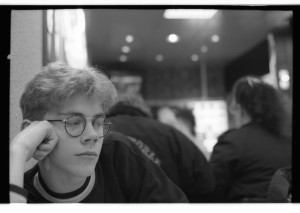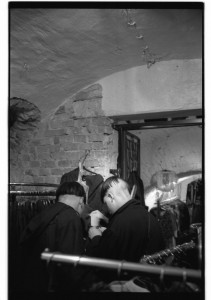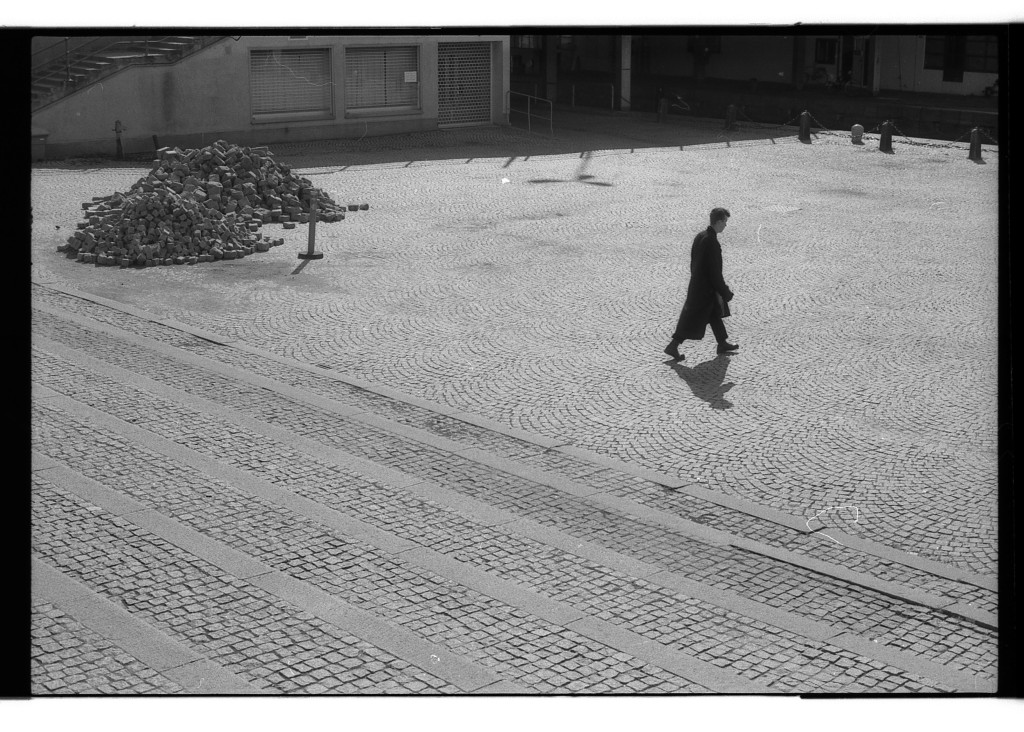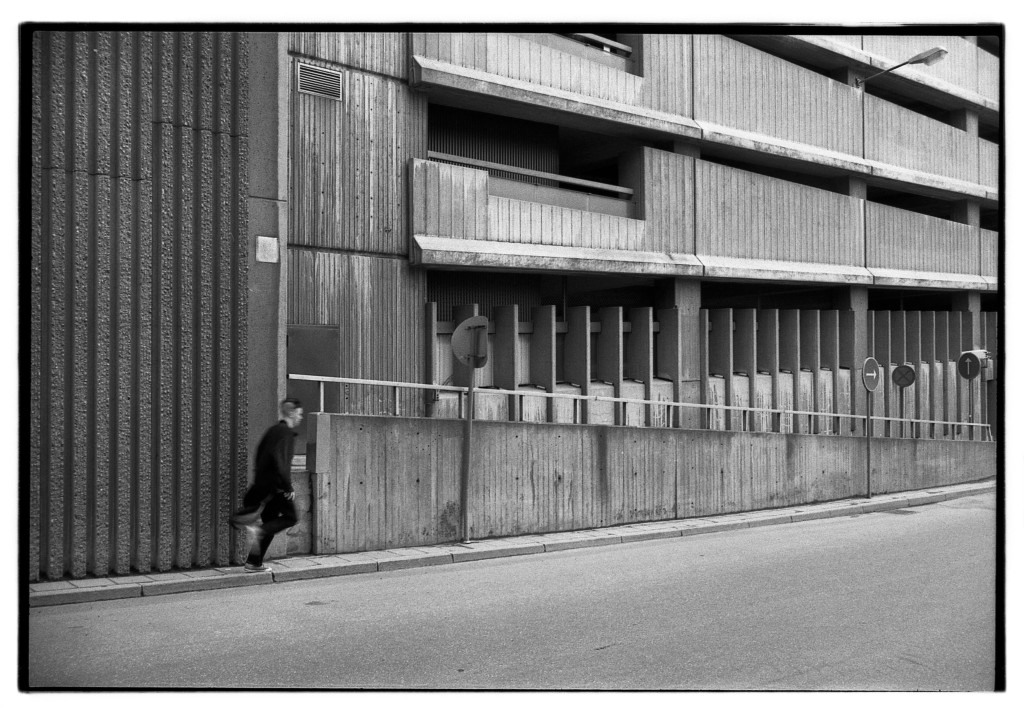We have arrived at the last track on what was probably our best effort, our cassette demo “Nowadays”. And it’s a treat, because this song is one of my favorites. From its slow, sweeping sound over the intro through the strong chorus this is a very good showcase of what made Art Fact good.

The lyrics for this song came to be when I was watching the news on TV. I can’t remember exactly what it was that got me thinking about it, but something was so grueling that I wanted to look away, but couldn’t. Nothing to deep here, but a couple of nice phrases came out of this, especially the title, “Please turn my face away” which I still think is great.
Anders had written and produced the whole song on the Roland D-20, and I think we just completed it with a new bass sound from the Yamaha V-50. The breathing sounds in the extremely short “break” was just me and a microphone.
I think what really makes this song for me is the wonderful intro which sets the mood instantly. Once the drums start, we also have a nice little melody from the D-20 going on. The verse is a little boring, but every time we come back to the chorus, the song really opens up and becomes larger and better.


